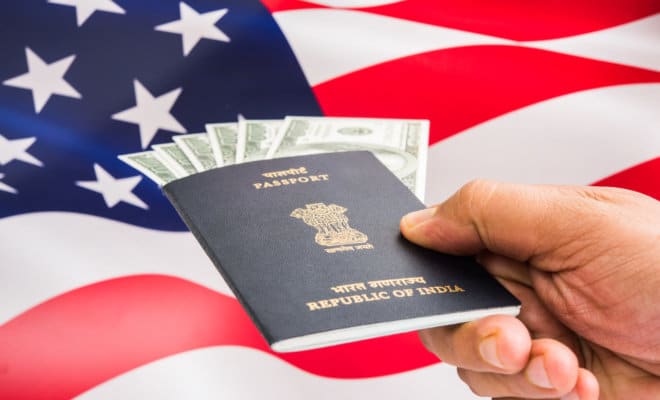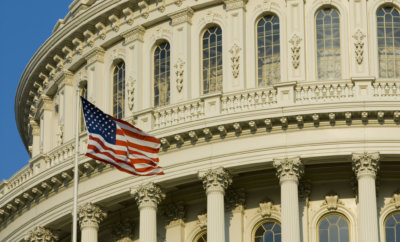Immigration
H-1B Visa Cap Reached For 2019: USCIS

Representational Image
Photo: Bigstock
There have been reports that the number of applications for H-1B visas was at an all-time low this year.
The cap for H-1B visa, used by highly skilled immigrants to move to the United States, has been reached for 2019, the United States Citizenship and Immigration Services (USCIS) announced on April 6.
“USCIS has reached the congressionally-mandated 65,000 H-1B visa cap for fiscal year 2019. USCIS has also received a sufficient number of H-1B petitions to meet the 20,000 visa U.S. advanced degree exemption, known as the master’s cap,” the statement said. “USCIS will continue to accept and process petitions that are otherwise exempt from the cap. Petitions filed for current H-1B workers who have been counted previously against the cap, and who still retain their cap number, will also not be counted toward the FY 2019 H-1B cap.”
The H-1B is a highly sought work visa for Indian professionals. It is a non-immigrant visa that allows companies in the United States to employ foreign workers in specialty professionals such as the information technology industry.
The United States agency will reject and return the application fee for all unselected cap-subject petitions that are not prohibited for multiple filings, the release said.
The USCIS will continue to accept applications to extend the amount of time a current H-1B worker may remain in the United States; change the terms of employment for current H-1B workers; allow current H-1B workers to change employers, and allow current H-1B workers to work concurrently in a second H-1B position.
The USCIS had earlier said that a company cannot file multiple applications for H-1B visa for one person without a legitimate business need to file multiple cap-subject petitions for the same beneficiary. Some applications for the highly-skilled immigrant professionals may be rejected after giving notice, the U.S. agency said.
“After notice, we will deny or revoke the approval of all H-1B cap-subject petitions filed for one beneficiary by ‘related entities’ unless there is a legitimate business need,” the statement said. The related entities were defined as petitioners, whether or not related through corporate ownership and control, that file cap-subject H-1B petitions for the same beneficiary for substantially the same job. This was done to prevent employees from exploiting loopholes in the process.



